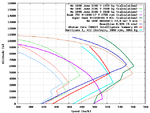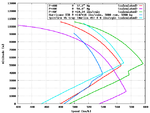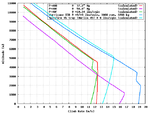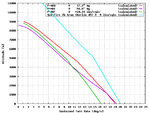Clay_Allison
Staff Sergeant
- 1,154
- Dec 24, 2008
What if the P-40 Warhawk had been equipped from day one with a 2-stage supercharger?
I believe its overall performance would have made it an even match for the prevailing universal fighters (109, Spitfire, Hurricane, Zero, Yak 1) of the early war if it were as competitive at high altitudes as it was at low. Perhaps history would be mentioning this tough forgiving misunderstood airframe with the respect the overall design deserved.
I believe its overall performance would have made it an even match for the prevailing universal fighters (109, Spitfire, Hurricane, Zero, Yak 1) of the early war if it were as competitive at high altitudes as it was at low. Perhaps history would be mentioning this tough forgiving misunderstood airframe with the respect the overall design deserved.




